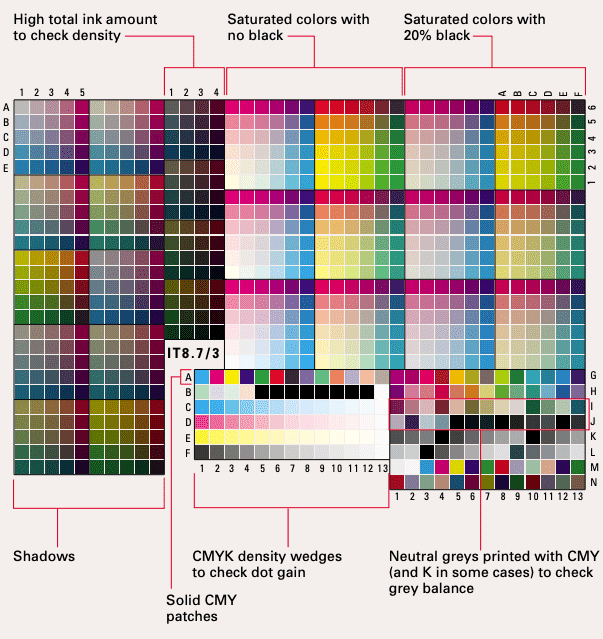In the realm of flexo printing, the condition and management of image carriers play a pivotal role in determining print quality. Neglecting these crucial components can lead to a cascade of problems, impacting both production efficiency and final output. This article delves into the significance of your image carriers, the consequences of their mismanagement, and strategies for optimising them to ensure perfect printing.
The Critical Role of Image Carriers in Printing
Image carriers – comprising sleeves, cylinders, and plates – are essential tools in the flexo printing process. They transfer ink from the anilox roller to the substrate, creating the desired image or text. Each type of image carrier has its own set of advantages and applications. Sleeves are known for their ease of changeover, cylinders for their robustness, and plates for their precision in detail. Together, they form the backbone of any high-quality flexo printing operation.
Consequences of Careless Management of Image Carriers
Careless management of image carriers can lead to various issues that hinder the printing process. Common problems include printing defects such as dot gain, gear marks, misregistration, and a host of others. These defects not only compromise the quality of the printed material but also disrupt production schedules, leading to increased costs and wasted materials. In the long run, poor print quality can tarnish a business’s reputation, resulting in lost clients and diminished market presence.
Root Causes of Printing Defects
Understanding the root causes of printing defects is crucial for effective troubleshooting. Common culprits often fall into one or more of the following categories:
- Pressure: Incorrect pressure settings can cause excessive wear on image carriers and result in inconsistent prints.
- Press Mechanics: Mechanical issues within the press can lead to alignment problems and vibrations, both of which affect print quality.
- Anilox Roller: The condition of the anilox roller, including cell volume and cleanliness, directly impacts ink transfer efficiency.
- Ink Transfer: Poor ink transfer can be due to issues with the ink itself or the interaction between the ink and the image carrier.
- Ink Viscosity and pH Level: These must be carefully controlled to ensure consistent application and drying results.
- Contamination: Dirt or debris on the image carrier or press can cause defects in the print.
- Plate Swelling: Certain inks can cause the plates to swell, leading to distortion and misregistration.
- Drying Speed: Improper drying speed can affect ink adhesion and subsequent print layers.
By systematically examining these factors, press operators can diagnose and address the underlying causes of defects, minimising downtime and maintaining production efficiency.
Optimising Image Carriers for Perfect Printing
To achieve optimal printing results, regular maintenance and proper handling of image carriers are essential. Here are key practices:
- Regular Cleaning: Thorough cleaning prevents ink build-up and contamination, ensuring a clean transfer and high-quality prints.
- Inspection for Damage or Wear: Routine inspections help identify early signs of wear or damage, allowing for timely interventions.
- Replacement of Worn or Damaged Parts: Swift replacement of compromised components prevents further damage and maintains print consistency.
Image carrier upkeep can be invaluable in these aspects, requiring scheduled maintenance programmes, diagnostic testing, and the provision of high-quality replacement parts. Such routines ensure that image carriers are always in top condition, ready to deliver consistent quality.
Selecting the Right Image Carrier Material
Choosing the right material for image carriers is another critical factor. Polymers and metals each offer distinct benefits, depending on the specific requirements of the job. Flexo printing often benefits from the flexibility of polymers, while metals provide durability for high-volume runs.
Technical support services can assist in selecting the appropriate material and optimising it for the specific printing process. This might involve adjusting exposure time and imaging resolution to match the material’s properties, ensuring that the image carrier is perfectly tailored to the printing system’s needs.
Conclusion
Proper management and optimisation of image carriers are essential for achieving perfect printing outcomes. By understanding the critical role of these components, maintaining them diligently, and utilising expert technical support, print operators can overcome common challenges and produce high-quality prints consistently. Investing in proper selecting and optimising image carriers not only enhances print quality but also improves overall production efficiency, leading to long-term cost savings and customer satisfaction.






